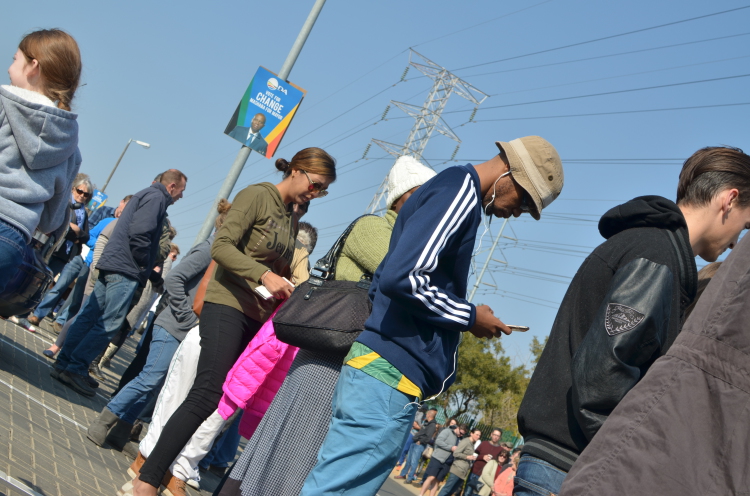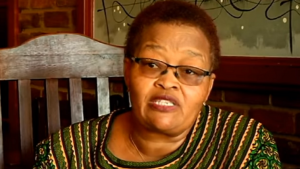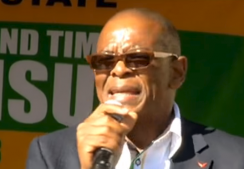Between the 6th and 8th May voting will takes place in 23 039 voting stations across the country.
These stations have to accommodate up to 26.7 million prospective voters – the vast majority of whom will vote on the 8th. It is thus inevitable that many voters will have to queue to cast their ballot. How long individuals will have to wait depends on a number of factors including the turnout rate, the size of the voting station and when citizens go to vote.
In the last general election (2014) the IEC estimated that the average voter had to wait 16 minutes before casting their ballot. However the actual length of wait depended largely on when voters presented themselves at the station. In 2014 over half of all votes were cast in the first two hours of the station opening. Waiting times will peak during this period.

The second factor that impacts on waiting time is the size of the voting station. Stations with more voters are more likely to experience longer queues.
The size, location and number of voting stations is determined in a way that facilitates the administration of the election while ensuring that voters have easy access of polling booths. In 2014, the IEC’s voter satisfaction survey showed that 70% of voters took less than 15 minutes to travel to their voting station. Only 4% of voters spent over 60 minutes or more to get to their station. As the number of voting stations increase, as they have in every election, both travel times and waiting time should get smaller.
The most remote areas are served by mobile or very small voting stations. There will be 680 voting stations with fewer than 100 registered voters open next week. While these voters will not have to queue to vote, they may have to travel long distances to access the station.
The average voting station has 1161 registered voters. Assuming that there is a 50% turnout next week, the typical voting station will have to process almost 900 voters. Half the voting stations have to accommodate more than 1160 potential voters and queuing times may become an issue if voter turnout is high.
The most populous voting district is in Johannesburg’s ward 59. Here the voting station (#32860436), a tent located at the Greenhouse People Environmental Centre in Joubert Park, has to accommodate up to 8 839 registered voters.
Ward 59 is in one of the most densely populated areas of the country. As a result of the high density the voting district is extremely small in terms of area. Consequently voters will have to travel very small distances to cast their ballot but once there, they may be confronted with long queues. Fortunately voting stations with large numbers of registered voters (like #32860436) also have a larger number of voting booths and registration tables available. This should reduce waiting times.
The graphic below shows how most voting stations tend to have relatively small numbers of voters. In most stations queuing times will be minimal especially if you avoid voting before 9 AM.







